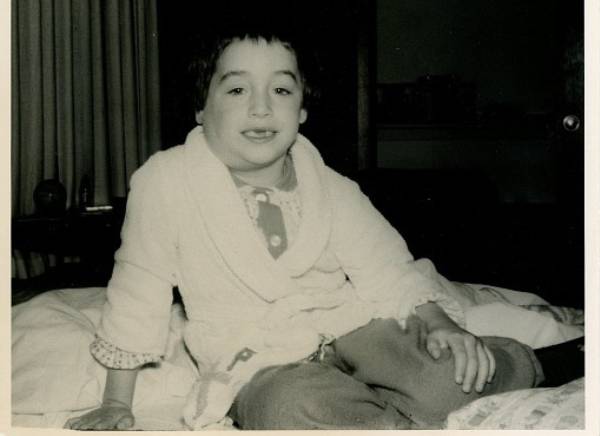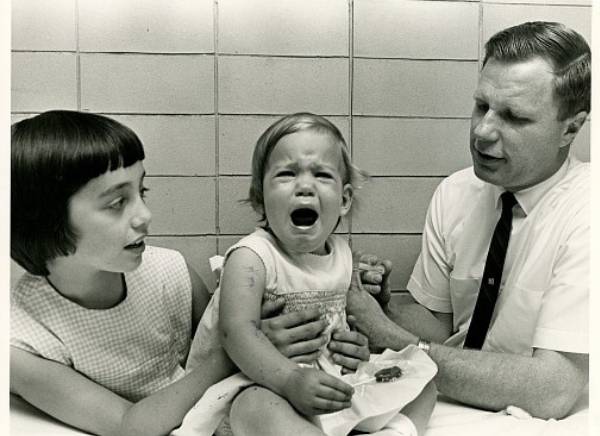You are here
Jeryl Lynn Hilleman: A Legacy of Hope in Vaccine Development
On August 12, 2024, the scientific community gathered for the prestigious Jeryl Lynn Hilleman Endowed Lectureship at the National Immunization Conference. This year's lecture, delivered by Dr. Anne Schuchat, former principal deputy director of the Centers for Disease Control and Prevention (CDC), addressed the critical topic of vaccine confidence in an era of increasing skepticism. As we reflect on Dr. Schuchat's insightful presentation, "An embarrassment of riches: Vaccine confidence, confusion and contempt," it's fitting to revisit the inspiring story behind this endowed lectureship and the remarkable impact of the Hilleman family on global health.
Many names shine brightly for their contributions to public health, and while Dr. Maurice Hilleman is renowned for his groundbreaking work in vaccine development, it's his daughter, Jeryl Lynn Hilleman, who unwittingly became the catalyst for one of the most significant advancements in immunization history.
The Mumps That Changed the World
In 1963, a young Jeryl Lynn Hilleman came down with mumps. For most families, this would have been a typical childhood illness, but for the Hillemans it became a pivotal moment in medical science. Dr. Maurice Hilleman, Jeryl Lynn's father and a brilliant vaccine researcher who developed more than 40 vaccines over his career, saw an opportunity.
Instead of simply treating his daughter's illness, Dr. Hilleman collected a sample of the virus. This sample, taken from his own child, would become the foundation for the development of the mumps vaccine. The strain was aptly named the "Jeryl Lynn" strain, forever tying this young girl's name to a major medical breakthrough.
From Personal to Global Impact
The mumps vaccine developed from Jeryl Lynn's illness wasn't just a singular achievement. It became a crucial component of the measles-mumps-rubella (MMR) vaccine, one of the most widely used and effective vaccines in the world. This combination vaccine has saved countless lives and prevented immeasurable suffering across the globe. In fact, between 2000 - 2022, measles vaccines saved an estimated 57 million lives worldwide.
A Lasting Legacy
Today, the Jeryl Lynn Hilleman Endowed Lectureship stands as a testament to this remarkable story. Established in 1996 with support from the Merck Company Foundation to commemorate the 50th anniversary of CDC and the 25th anniversary of the first combined measles-mumps-rubella vaccine, the lectureship honors individuals who have made significant contributions to the elimination of any pediatric disease and immunization overall.
This lectureship isn't just about remembering the past; it's about inspiring the future. It brings together experts and innovators in the field of immunization, fostering discussions that could lead to the next big breakthrough in vaccine development.
While Jeryl Lynn Hilleman may not have chosen her role in medical history, her legacy extends far beyond her name on a vaccine strain. She represents the unexpected ways in which ordinary individuals can contribute to extraordinary scientific advancements. Her story reminds us that sometimes, the most significant breakthroughs come from the most personal places.
Inspiring Future Generations
Jeryl Lynn’s story continues to inspire researchers, doctors and public health officials. It serves as a powerful reminder of the impact that dedicated scientific inquiry can have on global health. As we face new health challenges, the legacy of Dr. Maurice Hilleman and his daughter Jeryl Lynn Hilleman encourages us to look for solutions in unexpected places and to never underestimate the potential of a single moment to change the world. It shows us that behind every medical breakthrough, there's often a human story—one that can inspire and drive progress for generations to come.


